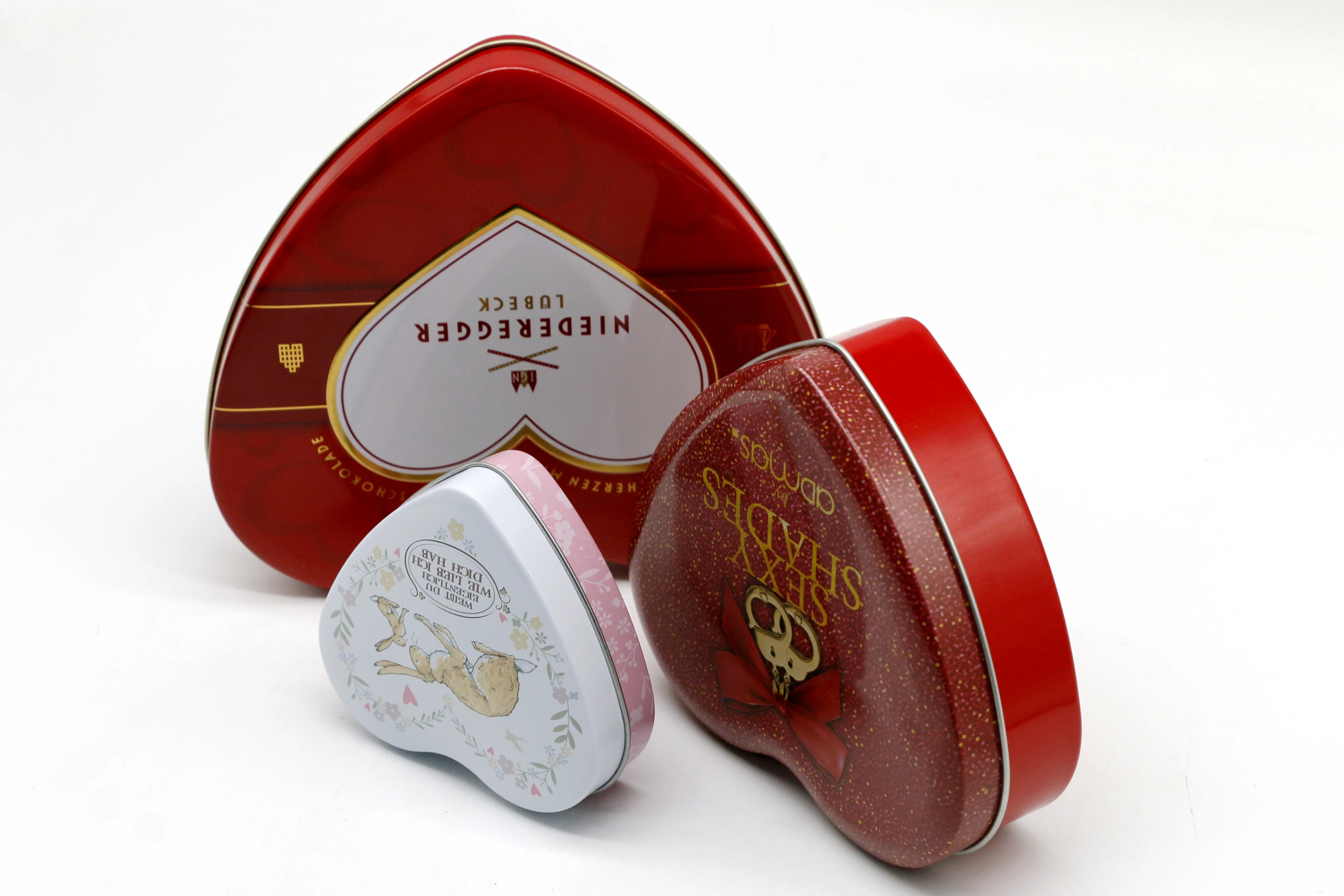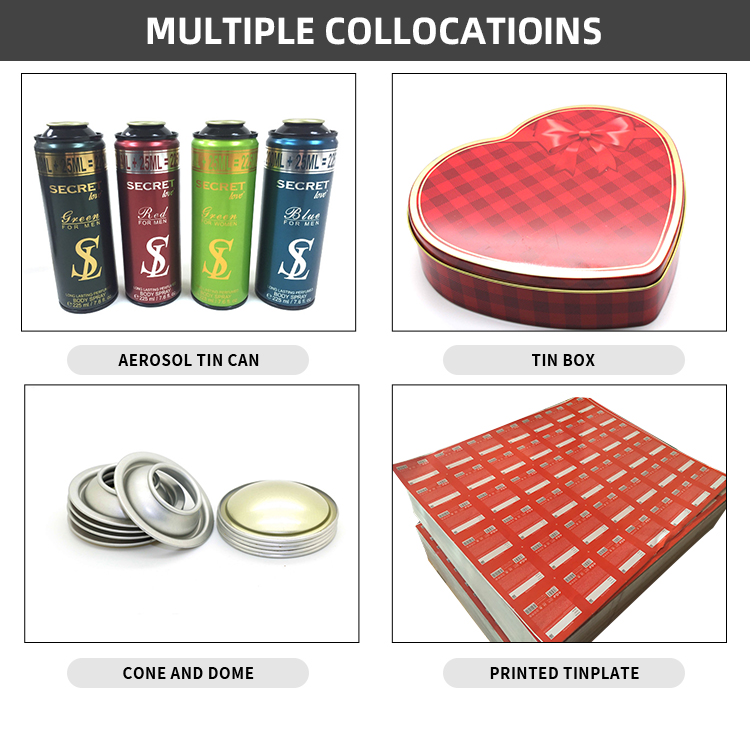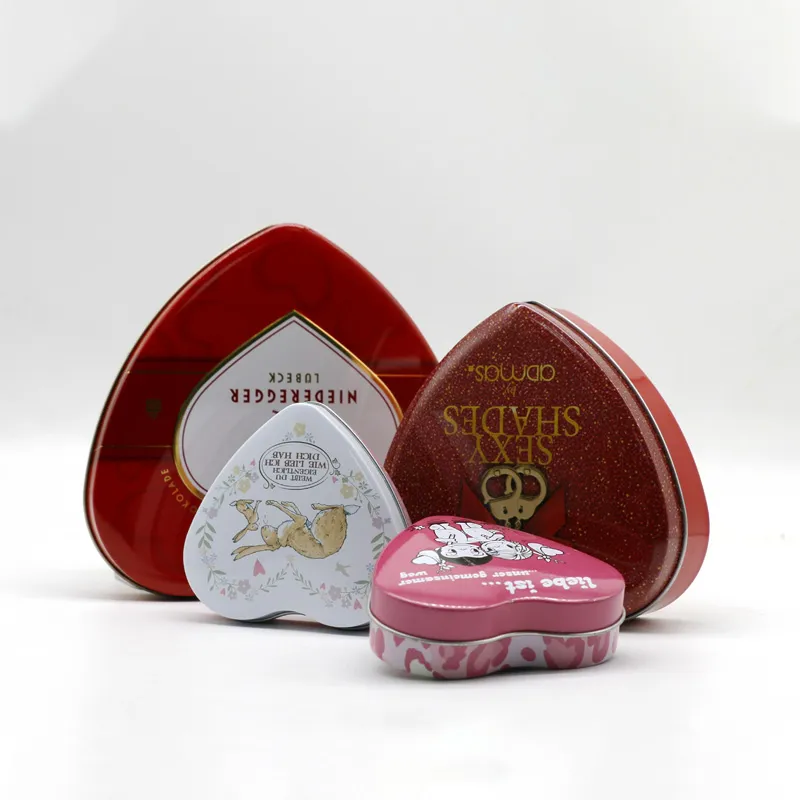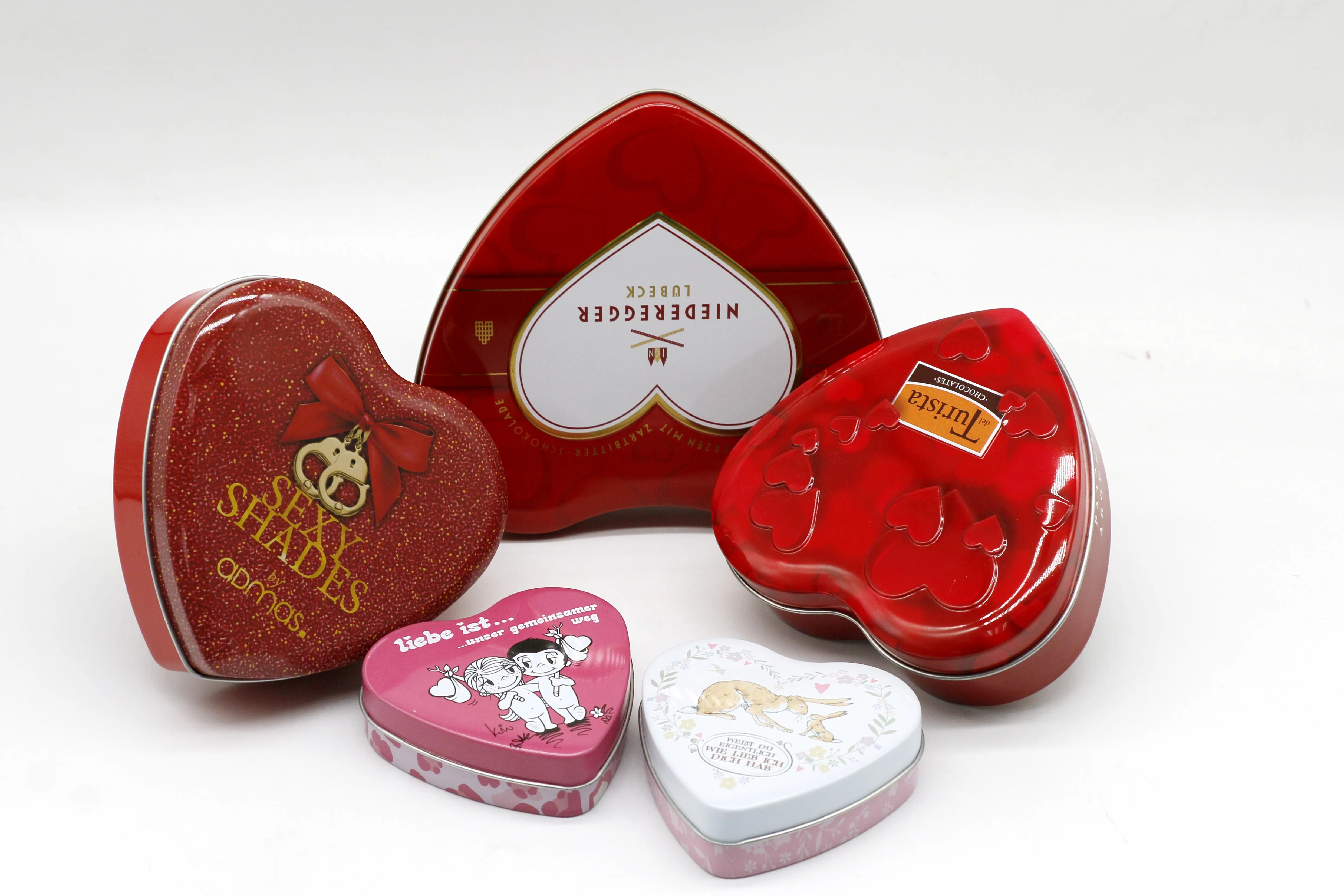Tinplate food packaging cans are widely used in the field of food packaging due to their excellent protective properties, durability and superior hygiene protection. However, the key to the tinplate can's ability to bear the heavy responsibility of food protection so well lies in the unique composition and process of its raw materials. This article will discuss in detail the raw material composition, production process of tinplate food packaging cans, and the role of these raw materials in ensuring food safety and extending the shelf life of food.

What is tinplate?
Tinplate, as the name suggests, refers to a steel material with a tin-plated surface. Its English name "Tinplate" is a combination of "tin" and "plate", which explains the core component of this material: a tin-plated steel plate. Tinplate is mainly composed of two raw materials: low-carbon steel plate and tin coating, which complement each other and give tinplate superior performance.
Low-carbon steel plate
The basic material of tinplate is low-carbon steel plate, which is an alloy of iron and a small amount of carbon. Low carbon steel sheet has good plasticity, flexibility and strength due to its low carbon content, usually between 0.04% and 0.1%. Therefore, it can be made into cans of different shapes, and it also has a certain hardness to resist external impact or extrusion. This makes tinplate cans both light and strong, suitable for protecting the contents in food packaging.
Low carbon steel sheet not only gives tinplate cans a tough structure, but also makes it have good processability during the production process. Due to the good ductility of steel sheet, manufacturers can stamp it into cans of various shapes, such as round, square or special-shaped cans, to meet the needs of different food packaging. In addition, low carbon steel sheet has good weldability, which makes it possible to ensure the sealing of the can body through welding process during the production of the can body, effectively preventing the entry of air, moisture or microorganisms, thereby extending the shelf life of the food.
Tin coating
Another key raw material of tinplate cans is the tin layer on its surface. The purpose of tin coating is to prevent oxidation and corrosion of the steel sheet and to add a protective film to the can body. Tin has good antioxidant properties and can effectively isolate air and moisture, preventing the food inside the can from being affected by oxidation. In addition, tin itself is a non-toxic and harmless metal with high food safety, making it very suitable for food packaging.
The thickness of the tin layer is usually around a few microns, which is thin but sufficient to provide strong protection. In actual production, tin is evenly covered on the surface of the steel plate by electrolytic tinning to form a dense protective layer. This tinning process not only ensures the smoothness of the can body, but also greatly improves its corrosion resistance. Especially in food packaging, the tin layer can effectively prevent the can body from rusting due to long-term contact with acidic or salty foods.

What is the process flow of tinplate food packaging cans?
The production of tinplate food packaging cans requires multiple complex steps, each of which has strict requirements for the selection and processing of raw materials. These processes ensure that the final can body can be used for food packaging safely and reliably. The following are the main production steps.
Steel plate manufacturing
The manufacturing of tinplate cans starts with the production of low-carbon steel plates. Manufacturers process steel into thin steel sheets through a rolling process. The temperature and pressure control during the rolling process is critical because it not only determines the thickness of the steel sheet, but also directly affects the mechanical properties of the material, such as hardness and ductility.
Tinning
After obtaining the appropriate thickness of low-carbon steel sheet, the next step is the tinning process. Traditionally, tin is evenly plated on the surface of the steel sheet by hot dipping or electrolytic tinning. In modern production, electrolytic tinning is the most widely used method. It deposits tin evenly on the surface of the steel sheet through the action of electric current to form a uniform and dense tin layer. This process requires high-precision control to ensure that the thickness of the tin layer is uniform and there are no untinned areas.
Coating and printing
To further improve the corrosion resistance of food packaging cans, the inner and outer walls of tinplate cans are usually coated. The inner wall coating is to prevent direct contact between food and metal, avoid chemical reactions, and ensure food safety. The outer wall coating is used to protect the surface of the can from erosion by the external environment, and can also be used to improve the aesthetics of the can.
In addition, many tinplate cans are also printed on the outer surface to provide brand logos, food information, etc. for the product. Since tinplate has good printing adaptability, the printed pattern can be clearly and beautifully displayed on the surface of the can, enhancing the market appeal of the product.
Can body forming and sealing
After the tinplate steel plate is tinned and coated, it can be stamped and welded. According to the design requirements, the steel plate is stamped into different can shapes, and then the edges of the can are sealed by welding technology. The quality of the welding process directly affects the sealing performance of the can, so this link has very high technical requirements. Tinplate cans are usually welded by resistance welding, which can ensure the firmness and tightness of the welding points.
After the can body is formed, the last step is to seal the can lid with the can body. This process usually uses a crimping machine to roll the can lid and the edge of the can body together to ensure the sealing of the entire can body, prevent outside air or moisture from entering the can, and ensure the long-term storage of food in the can.

What are the performance advantages of tinplate food packaging can raw materials?
Good anti-corrosion performance
One of the main reasons why tinplate is widely used in food packaging is its excellent anti-corrosion performance. The tin coating can effectively isolate the steel plate from the outside world and prevent the can body from rusting due to oxidation or other chemical reactions. Especially when in contact with acidic or salty foods, the presence of the tin layer can effectively prevent the occurrence of corrosion problems.
Excellent sealing performance
The shelf life of food is inseparable from the sealing performance of the packaging. Tinplate cans can achieve extremely high sealing through high-precision welding and crimping processes to prevent the entry of air, moisture and microorganisms. This allows the food in the can to remain fresh for a long time and avoid deterioration or contamination.
Strong mechanical strength
The strength of tinplate cans is another significant advantage. The low-carbon steel plate gives the can body extremely high hardness and compressive resistance, enabling it to withstand external impacts during transportation and storage without deformation. Especially in food packaging that requires long-term transportation, the mechanical strength of tinplate cans ensures the safety of its contents.
Environmentally friendly recyclability
Although the environmental friendliness of food packaging is beyond the scope of this article, it cannot be ignored that the recyclability of tinplate raw materials also adds a lot to its wide application. Steel and tin are both recyclable materials. After proper treatment, they can be reprocessed into new packaging materials, thus reducing the environmental burden.


